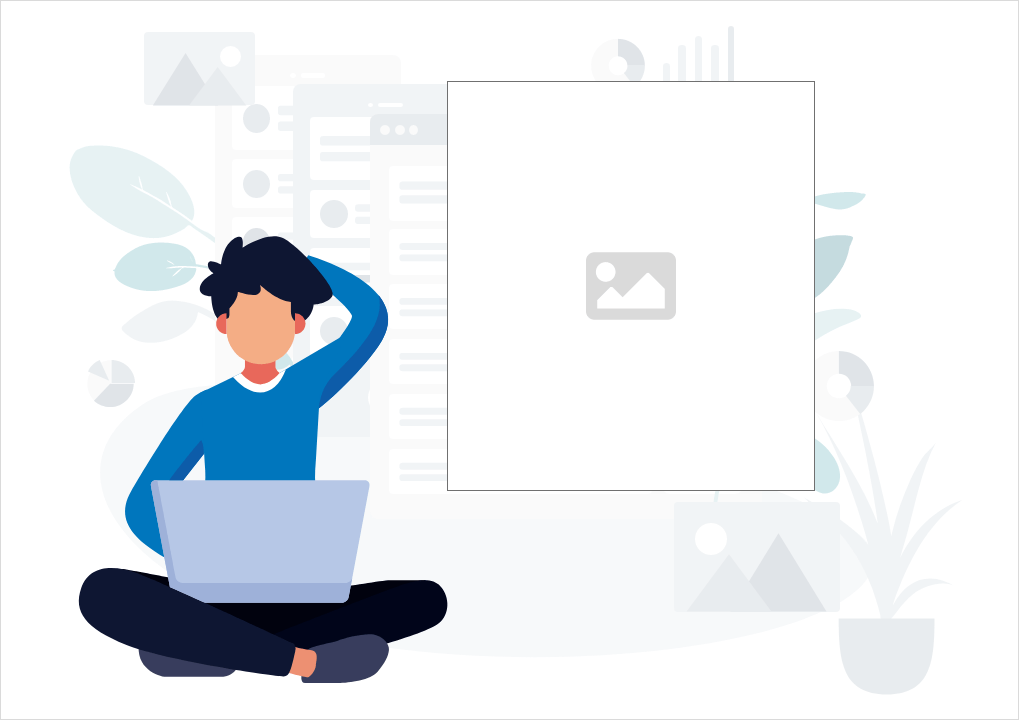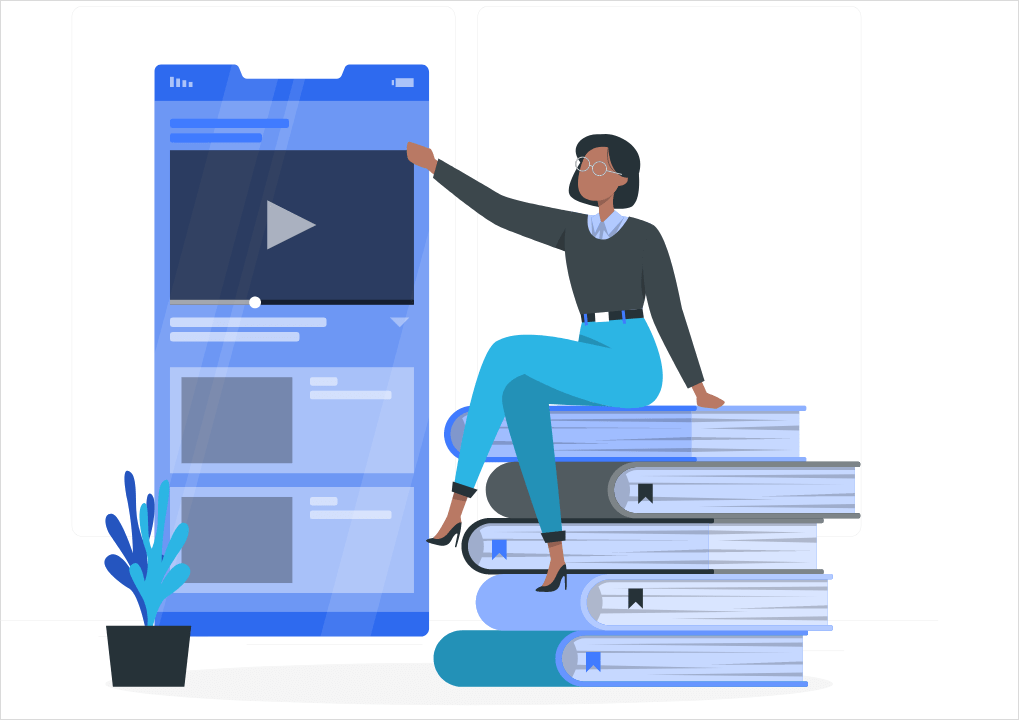If you’re unfamiliar with what ad fatigue is, it can’t be all that hard to guess at the basis of this concept. Ad fatigue, in the broadest sense, occurs when viewers have no option but to view the same or similar ads over and over again. Imagine you open your browser and every website you log on to shows you the same smartphone ad from the same company you were checking out a few days ago. How many times do you think you’d be able to view the ad without wanting to chuck your laptop across the room?
If you have the kind of limited patience that most of us do, not many times. Ad fatigue is not a concept that was all that common until a few years ago. Sure, companies ran TV and radio ads over and over again until their audience knew the words to every jingle by-heart, but these ads were broadcasted to everyone regardless of their preferences. As a consequence, ads featured in print or broadcast media didn’t exactly lead to fatigue, just boredom or overfamiliarity.
Overfamiliarity, however, is more of a problem now than it was a few decades ago with the introduction of Google Display Ads. These ads are featured on the web pages you visit based on your search history and preferences, which can make them more tiresome to view than ads that are displayed to everyone. This fatigue created by viewing the same Display Ads multiple times a day or week can create an unfavorable impression of the advertising brand.
There are a few ways to avoid creating ad fatigue among viewers and the most effective of these is limiting the number of ads each viewer sees in a day or week. For instance, you can engage your target audience by allowing each user one Display Ad per day, and no more. If you configure it in this way, you’ll ensure that every user in your target group views your ad, but no one gets tired of viewing it.
Another way to deal with ad fatigue is to change up the design and content of your ads. Showcasing the same ad to the same user multiple times a week that features the same wording and graphic design is a sign of incompetence or even indifference from your company. Therefore, get some good PPC experts on board to help you create ads that display engaging content without being repetitive.
The great takeaway from this whole affair is that the best ad platforms (such as AdWords) allow you to configure your settings in a way that can limit each individual or target group’s exposure to a certain Display Ad. This does not just apply to individual ads, but different ads in the same ad group as well.
In conclusion, you only need to take a few proactive steps towards helping users beat ad fatigue if you want to create meaningful engagement. This will help you bring potential customers to the table rather than watch them walk away from your brand out of sheer boredom and fatigue.






